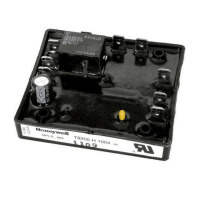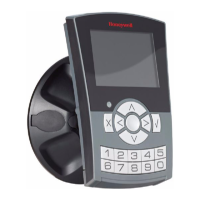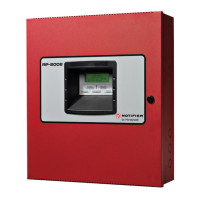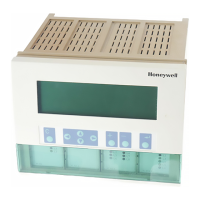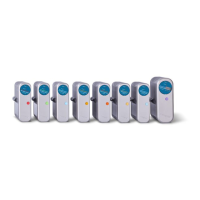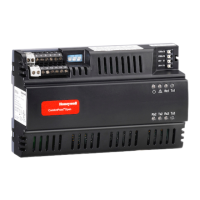NORMAL OPERATION
Part. No. 2400M2501_6 Touchpoint Pro
107 Technical Handbook
13 Normal Day-to-Day Operation
There are several methods of interacting with TPPR:
Controller Touchscreen (Supplied)
PC Configuration Software (Licensed Option)
Webserver (Licensed Option)
Modbus (Option)
13.1 TPPR Controller Touchscreen Interface
The Touchscreen allows authorised users direct control of all of the TPPR functions. These functions are fully described in
the TPPR manual suite.
13.2 TPPR PC Configuration Software Interface
PC Configuration software is an optional remote method for accessing the TPPR via a secure local Network connection.
The PC Configuration tool allows an authorised remote user to configure the controller, and to remotely view or amend the
controller configuration.
The PC Configuration Interface is broadly similar to the Touchscreen Interface described in this manual but please refer to
the downloadable PC Configuration User Guide for information on licensing, setup and day-to-day running.
PC Configuration software requires the TPPR controller to be configured with a unique static IP address, which is normally
obtained from your site IT department.
Note: You may need Administrator privileges on the host PC.
13.3 TPPR Webserver Interface
The Webserver Interface is an optional remote method for accessing the TPPR display and viewing live TPPR events via an
Ethernet connection. Events can be acknowledged and reset using the appropriate access passwords and event history can
be analysed. Reports can be generated and saved or viewed on the host PC.
The Webserver allows an authorised remote user to Accept and Reset events on the controller, and to Inhibit channels, or
clear Inhibits.
The Webserver Interface is broadly similar to a limited version of the Touchscreen Interface described in this manual. Refer
to the downloadable Webserver User Guide for information on licensing, setup and day-to-day use.
The TPPR controller requires a static IP address for use with the Webserver, normally obtained from your site IT
department.
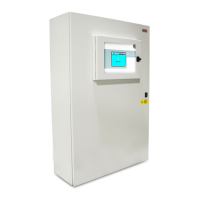
